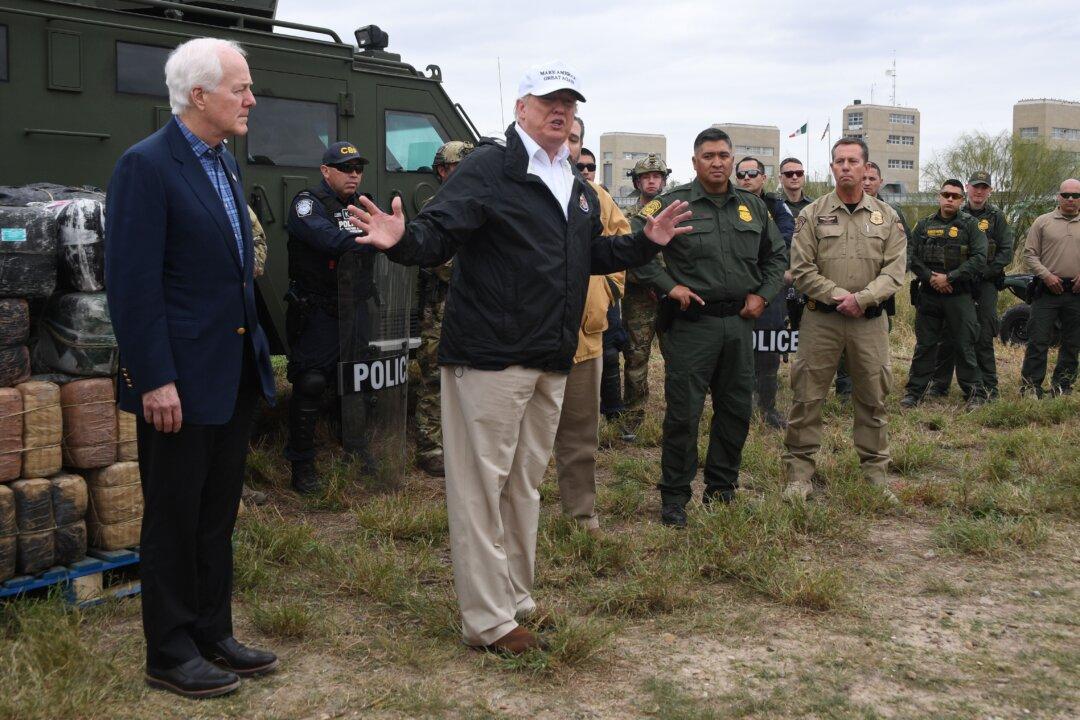President Donald Trump has many times promised that Mexico will pay for his signature campaign promise—a wall along the southern border.
Since taking the office, he’s been pressing Congress to appropriate money for the wall, eventually reaching an impasse with Democrat lawmakers that resulted in a partial government shutdown that has continued for weeks.





